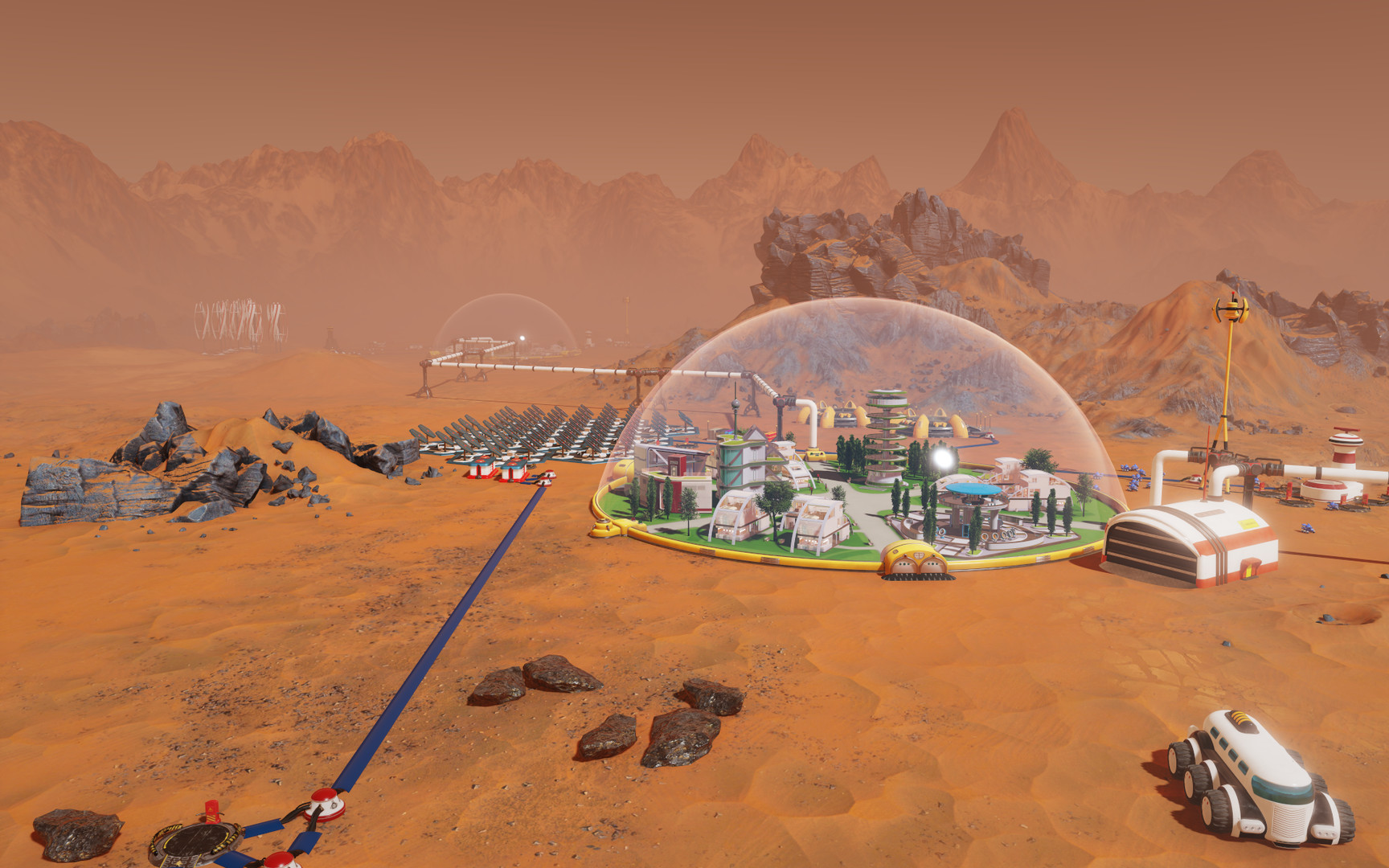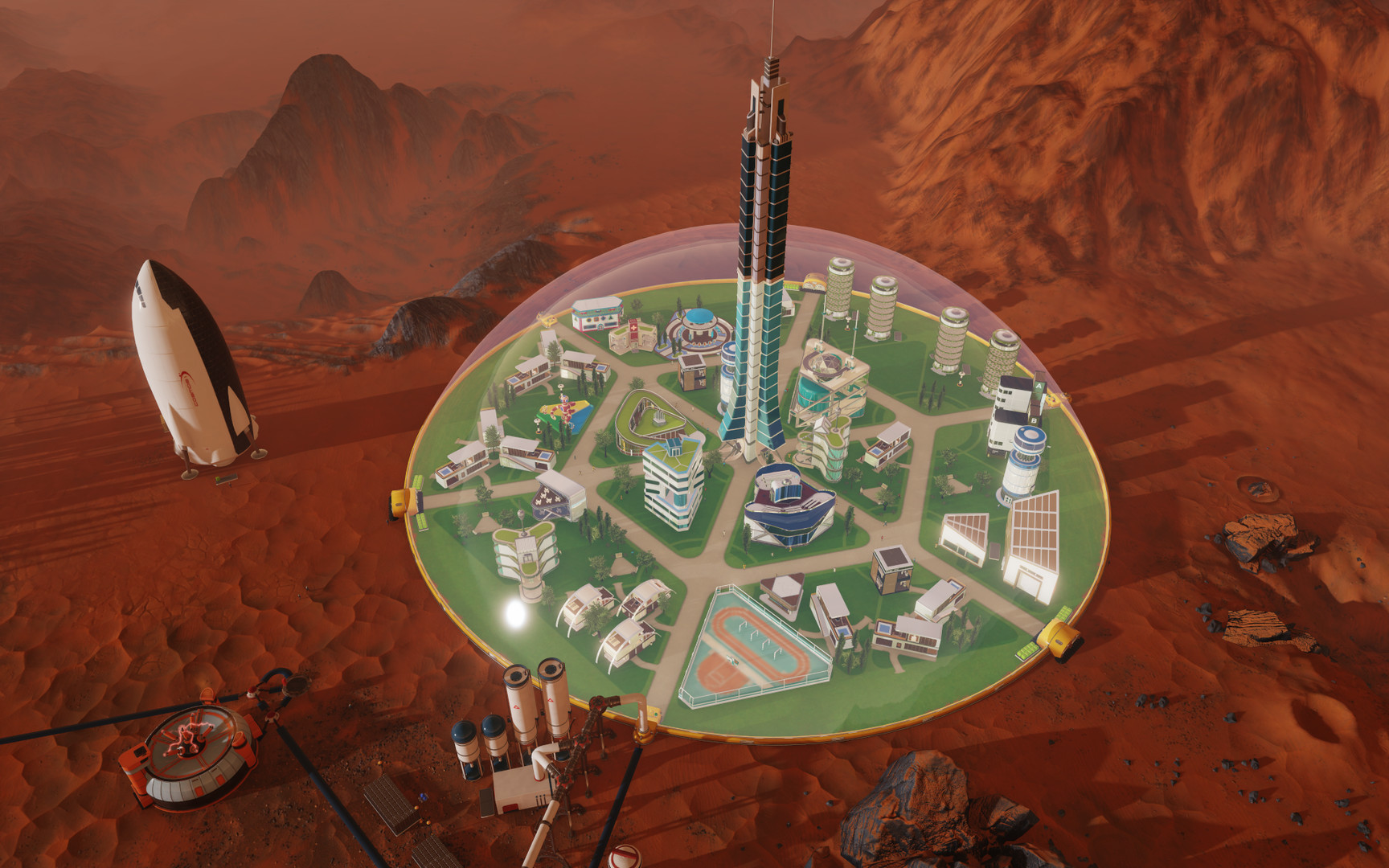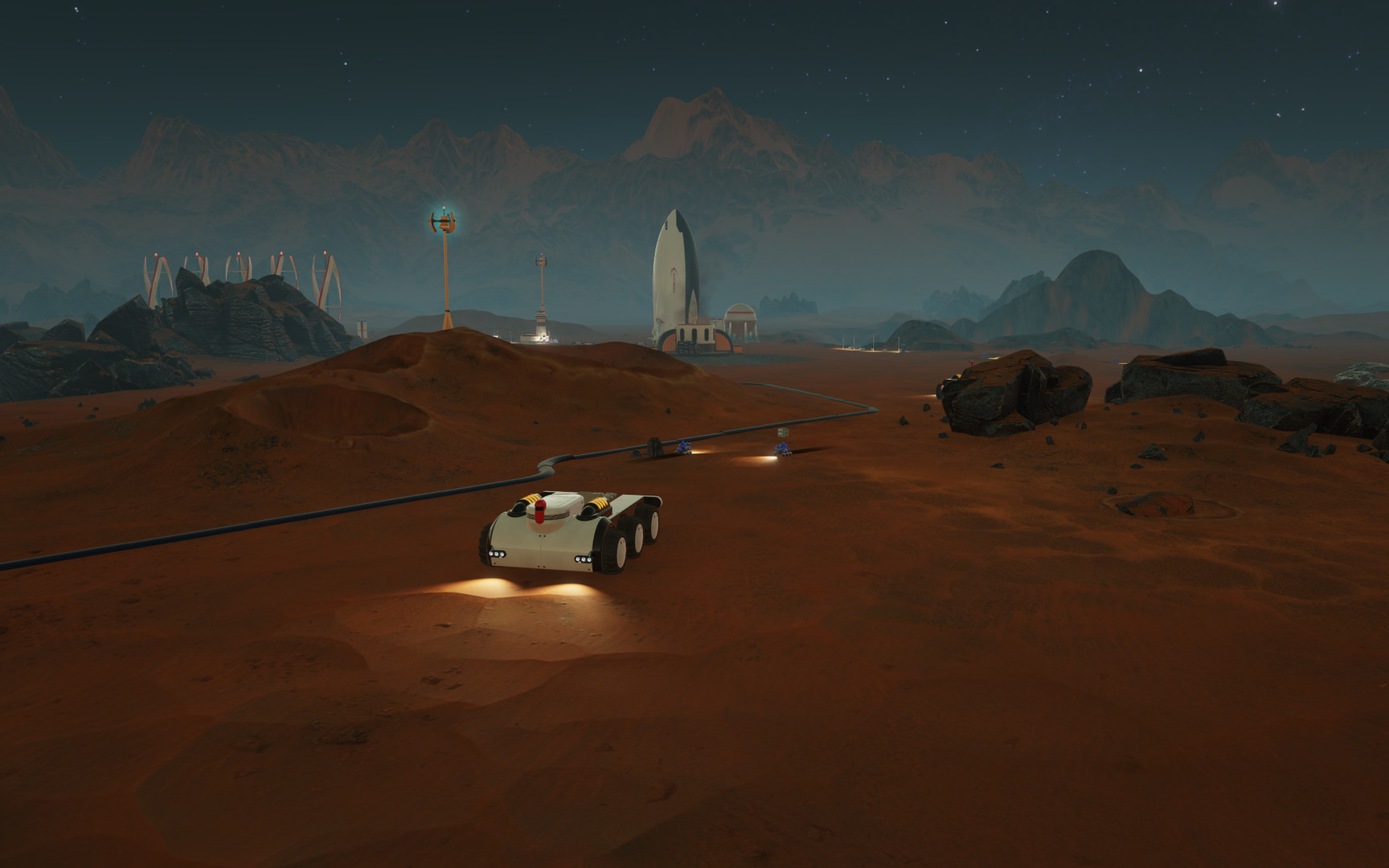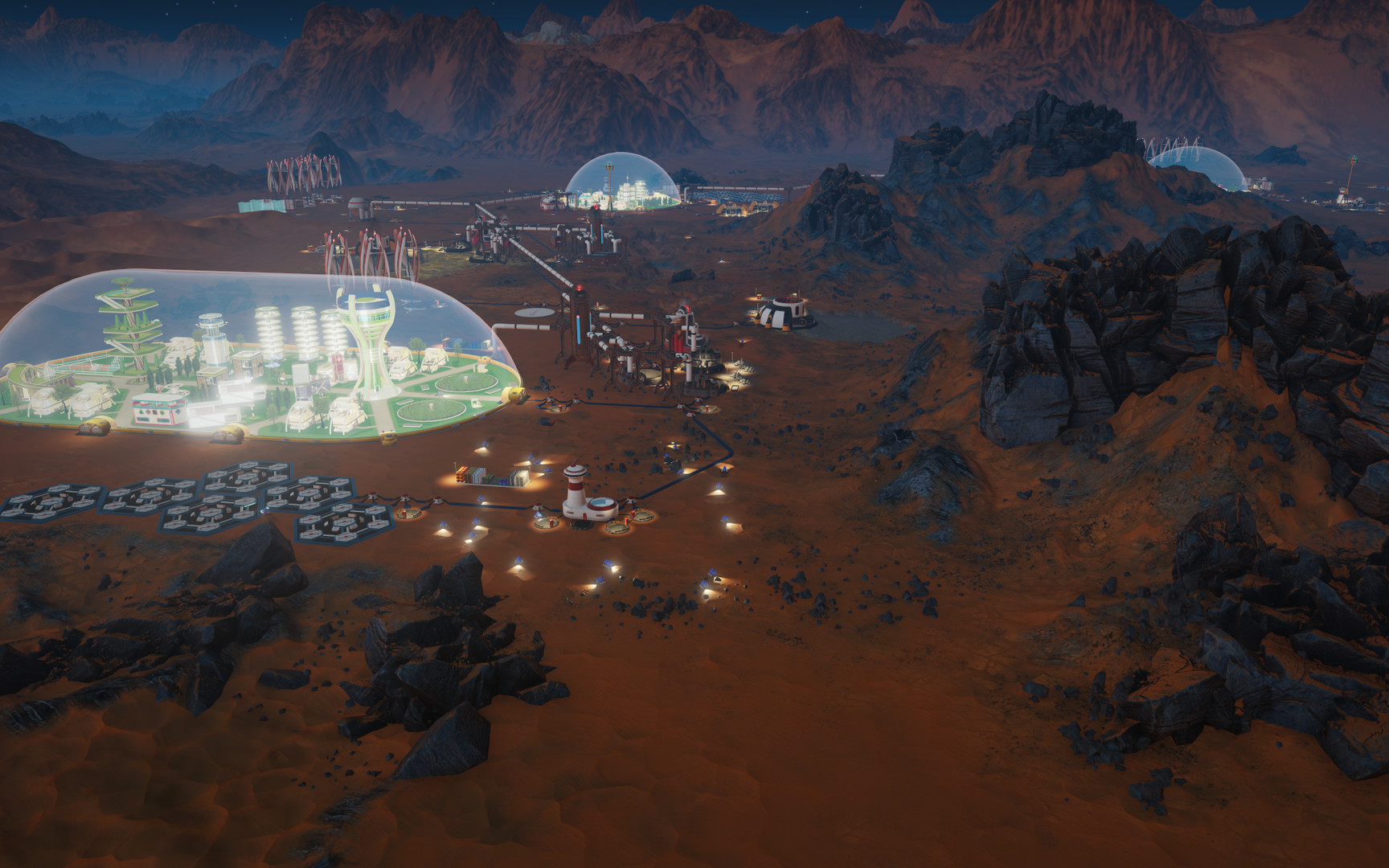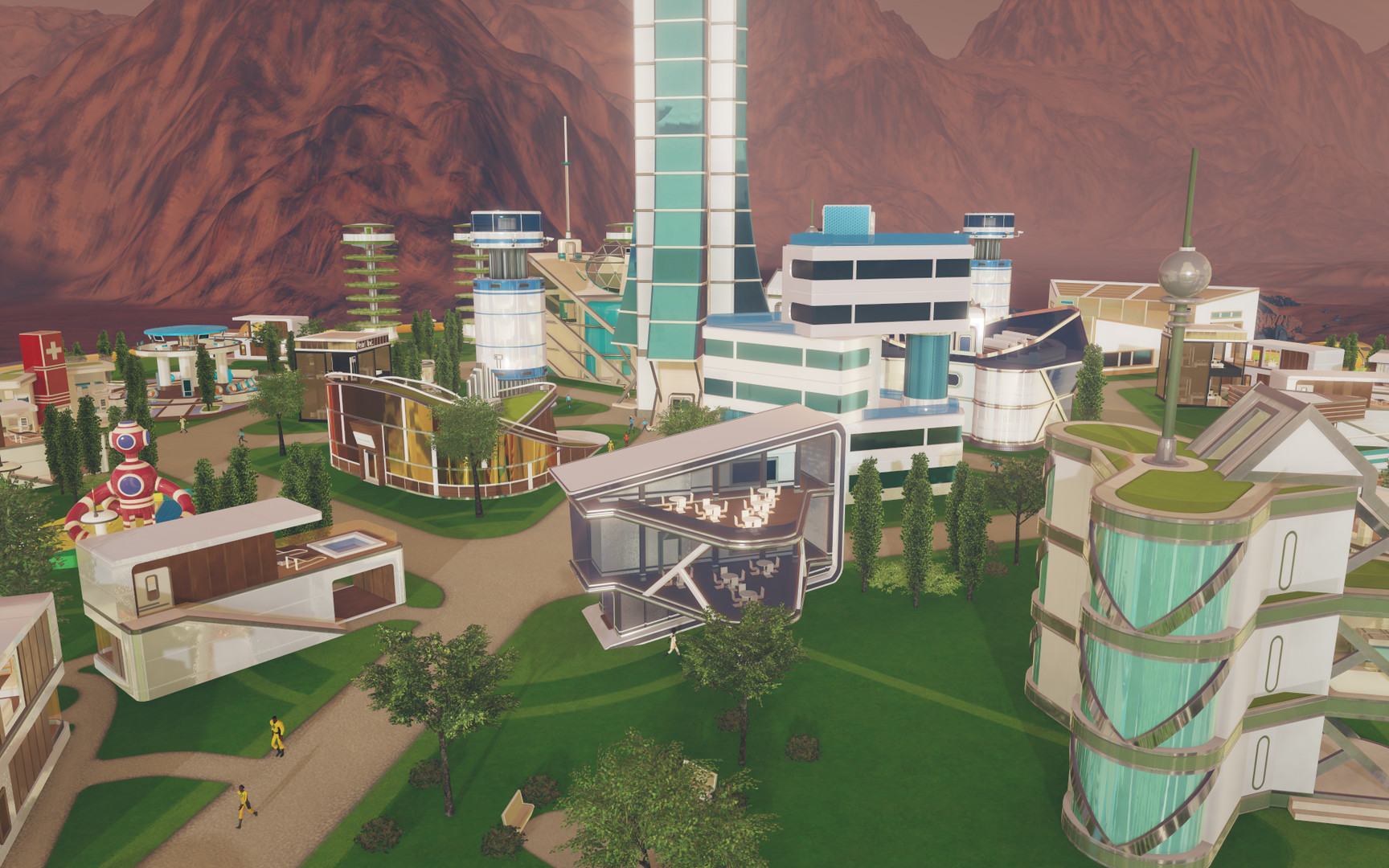Colonize Mars and discover her secrets, with minimal casualties.
Welcome Home! The time has come to stake your claim on the Red Planet and build the first functioning human colonies on Mars! All you need are supplies, oxygen, decades of training, experience with sandstorms, and a can-do attitude to discover the purpose of those weird black cubes that appeared out of nowhere. With a bit of sprucing up, this place is going to be awesome!
Surviving Mars is a sci-fi city builder all about colonizing Mars and surviving the process. Choose a space agency for resources and financial support before determining a location for your colony. Build domes and infrastructure, research new possibilities and utilize drones to unlock more elaborate ways to shape and expand your settlement. Cultivate your own food, mine minerals or just relax by the bar after a hard day’s work. Most important of all, though, is keeping your colonists alive. Not an easy task on a strange new planet.
There will be challenges to overcome. Execute your strategy and improve your colony’s chances of survival while unlocking the mysteries of this alien world. Are you ready? Mars is waiting for you.
Main Features:
Building a sustainable colony in space:
Building on a planet not fit for human life challenges you to build a smart, functional colony. Bad planning isn’t about traffic jams, it’s about survival of your colonists. You really don’t want rolling blackouts in a city constructed in a place without oxygen.Individually simulated colonists:
Each colonist is a unique individual with problems and strengths that influence the needs and behavior of the other colonists. Things can get really interesting if your chief scientists develops alcoholism after one too many long nights in the lab.Futuristic Space Dome construction:
Retro-futuristic super structures housing colonists, factories and commercial buildings with their own “neighborhood personality.” Create colonies that value science over everything else, while tired workers drink their pay away at a local bar, or attempt a utopia among the stars.Exploration of Mars’ secrets:
Inspired by the classic sci-fi of Asimov and Clarke, Surviving Mars holds many secrets. During each playthrough players may encounter one of Mars’ individually crafted mysteries. Uncovering these secrets might bring your colony great fortune, or terrible ruin. What is that sphere that manifested itself outside colony HUB B, and is it friendly?Randomized research tree:
Combine static and random research through experimentation, which allows for a different experience for each journey through the game. Attain new scientific breakthroughs by exploring the uncharted terrain of Mars's surface.Unique retro-futuristic aesthetic:
A sleek, modern take on the bright futurism of the 1960s. A time of exploration and adventure.Expansive mod support:
Craft your own fantastic buildings, parks or even a mystery to share through Surviving Mars’s extensive and convenient modding tools. Share your finest creations with the community to build the perfect society.https://store.steampowered.com/app/952890/Surviving_Mars_Green_Planet/
Hi Everyone!
Were back with another dev diary for Green Planet, this time focusing on the greener aspects of the expansion plant life. So far we talked about global vegetation and the need to import, produce and spread huge amounts of seeds to cover the planet in flora. We briefly mentioned the Forestation Plant as the main way to engage with local forestation and the Open Farm as a way to produce food and seeds by planting various crops on a larger scale. Its time to dig deeper into vegetation!
If I was to summarize what we did to make Mars green, I would have to use the phrase we went crazy!
The original vision for the surface of Mars was a silent, barren place, where the only objects that dotted the landscape were old, eroded rocks with otherworldly appearance. We imagined that the rocket you land and the vehicles that scurry around it would be the only thing that moves aside from the occasional dust devil. Later you would construct domes that vastly contrast with the reddish sands with their lush green and bright lights during the night, which would appear as if someone placed a piece of Earth on the planet.

Then the ideas behind Green Mars came forth. We envisioned a completely different planet at the end of the process, a place where the previously contrasting borders between the lush-green domes and the outside world are blurred or non-existing. Dense forests dominate the horizon and lush-green grass spreads everywhere, with only the largest of rocks still remaining as an effigy of an age past.

And we wanted you to do all of this without melting your GPU Praises to great programmers and their magic!
We started with a bunch of statements like each hex of the colony could be populated with wild plant life, or plants should grow and wither according to terraforming progress and soils are important, and then we worked on them until, finally, we had a working forestation system.
In the beginning there were the soils We were inspired by The Martian and the possibility to sustain Earth vegetation on the seemingly barren sand. We did our research and designed the system. The soil quality of the original Martian soil is set to 0%, and the most fertile soil you can create is denoted as 100%, a rich Earth-like soil. This calculation is made for each hex of the colony every hour and is displayed on the screen as a Soil Quality overlay - the greener the hex the better the soil.

Now that we had the concept of soil, we needed to add factors that change its quality. So, the idea of rains and toxic rains was born. Of course, we all want rains to spread nutrients and meliorate the soil, but unless the planet has stable atmosphere, the falling rains would be toxic. They reduce the soils quality and create toxic pools that harm the growth of nearby plants.

As you add more water to the atmosphere, the toxic rains gradually end and clear water rains begin. They increase the local soil quality via erosion, create subterranean waters and water the plants. Additionally, artificially constructed Lakes leak water into their surrounding ground, improving significantly the local soils.
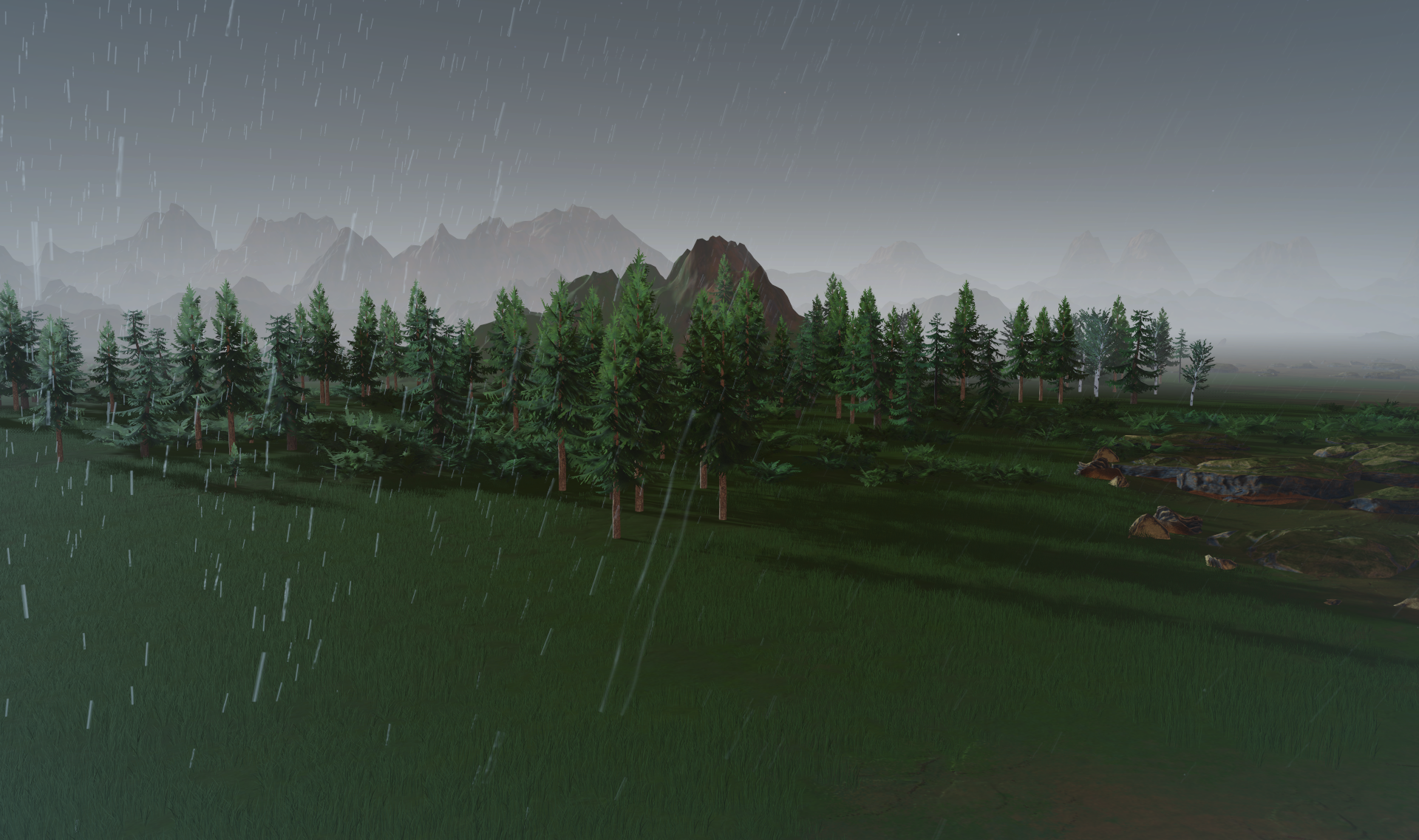
So, what can you plant on Mars?
Initially the soil quality is so low that you can only grow lichen. Lichen are famous for being very resistant and able to survive almost anywhere on Earth. Youll be able to plant lichen pretty much from the start of the game. They do not require terraforming progress or soil quality and they improve the local soil quality over time. However, they will easily die during toxic rains.
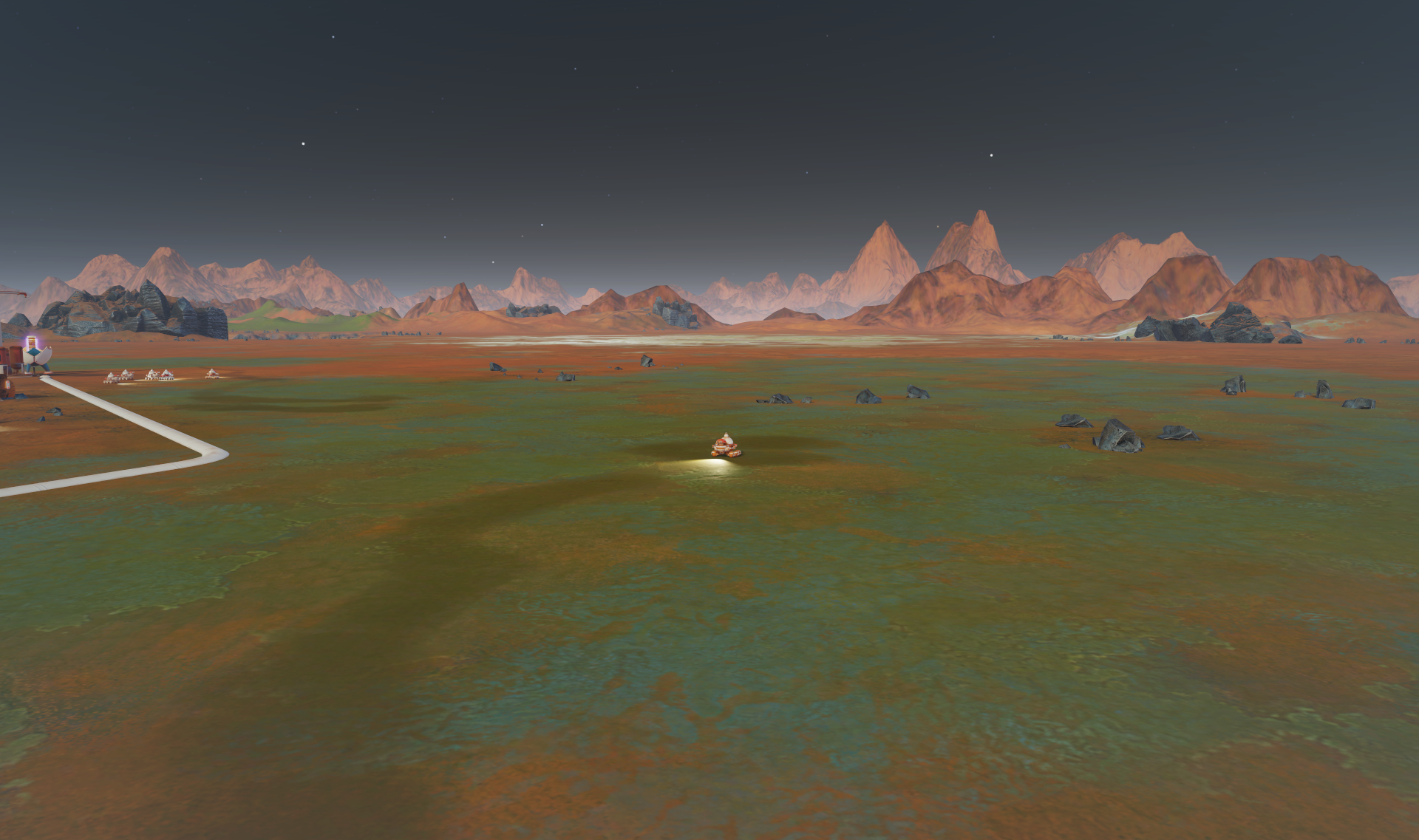
As the terraforming initiative progresses, you will unlock other types of vegetation: grass, bushes, pine trees and mixed trees. Grass grows quick and also improves the soil quality, but its not as efficient as lichen and trees. However, itll spread on its-own over time, so it does some of your work on its own. Bushes grow slower but can be harvested for seeds, while Trees grow the slowest, provide the most seeds, and stabilize the local soils a lot.
Grass, trees, and bushes will spread on their own over time. The speed with which they spread is directly affected by the amount of vegetation around the colony and the global Vegetation coverage. The spread is initially slow but speeds up over time.
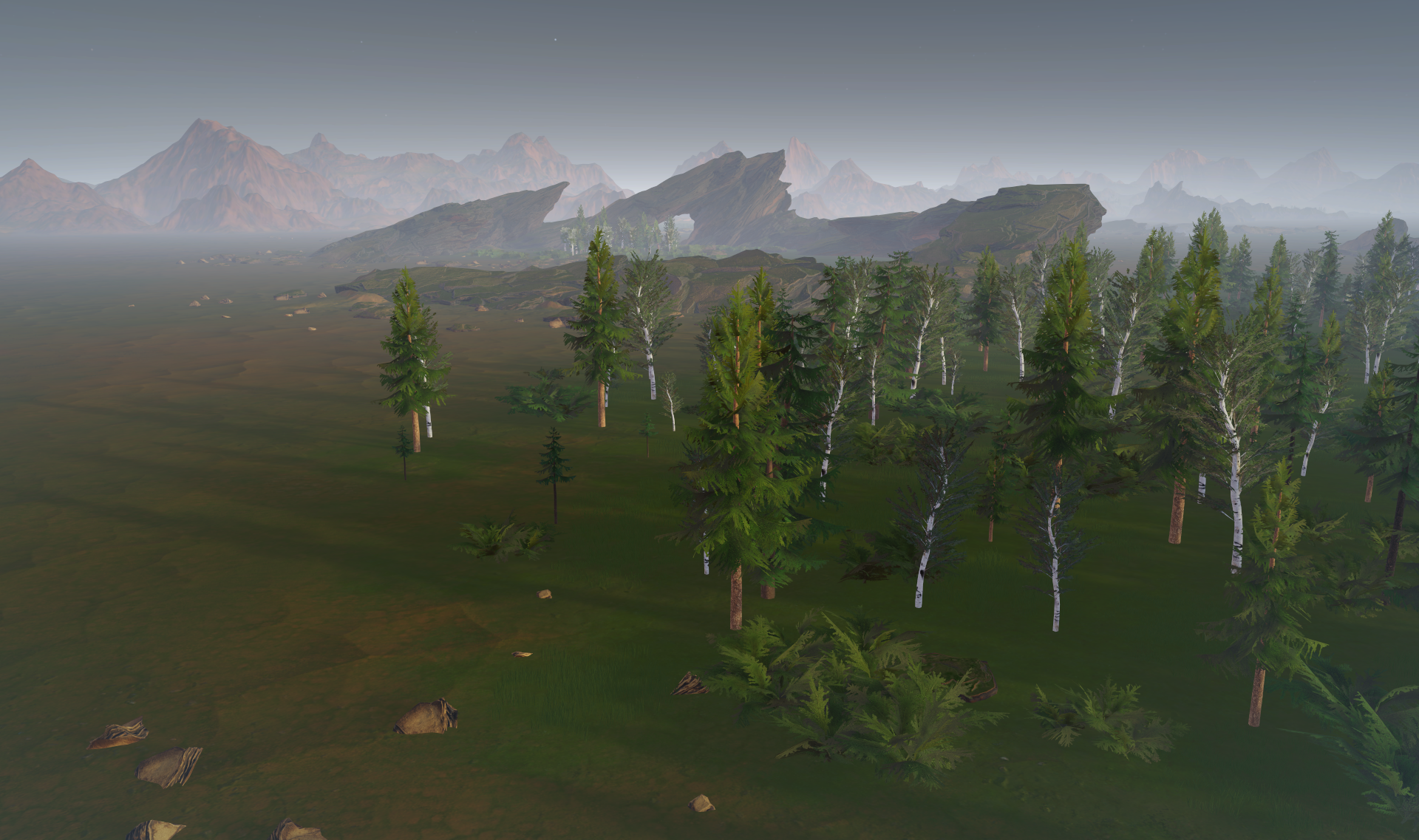
Vegetation booms will occur at certain terraforming thresholds. During vegetation booms, a lot of seeds are carried away by the winds and wild plants get seeded around the colony.
Youll also be able to plant various crops in the Open Farm. These require good terraforming conditions, a lot of water, and high soil quality, but yield huge amounts of Food. Most crops significantly decrease the local soil quality, while others increase it. These crops do not spread on their own and are harvested by Drones to free space for new plants.
As mentioned, planting of crops or wild plants require some seeds to be spread around. The Seeds are a new resource in the game, which is initially imported from Earth and later produced in farms on Mars. Theyre measured in tons and used as base material for the creation of substantial plant life on Mars.
This pretty much summarizes the basic principles of the vegetation system in Green Planet. See you next week, when well be discussing the new Special Projects and disasters in more details.
[h1]From Haemimont Games,
Ivan Grozev,
Lead Designer of Green Planet[/h1]
Minimum Setup
- OS: Ubuntu 16.04 x64 or newer
- Processor: 4th Generation Intel i3 CPU or equivalentMemory: 4 GB RAM
- Memory: 4 GB RAM
- Graphics: OpenGL 4.5 (GeForce 600/AMD Radeon 7700 or higher) with 1GB of video RAM
- Storage: 6 GB available space
Recommended Setup
- OS: Ubuntu 16.04 x64 or newer
- Processor: Fast quad-core CPUsMemory: 8 GB RAM
- Graphics: GeForce 970-level GPU with 4GB of video RAM
- Storage: 6 GB available space
[ 6313 ]
[ 5952 ]
[ 1933 ]
[ 2194 ]

